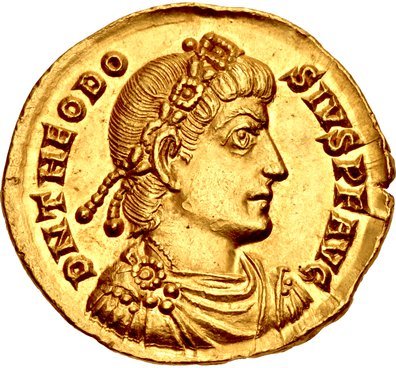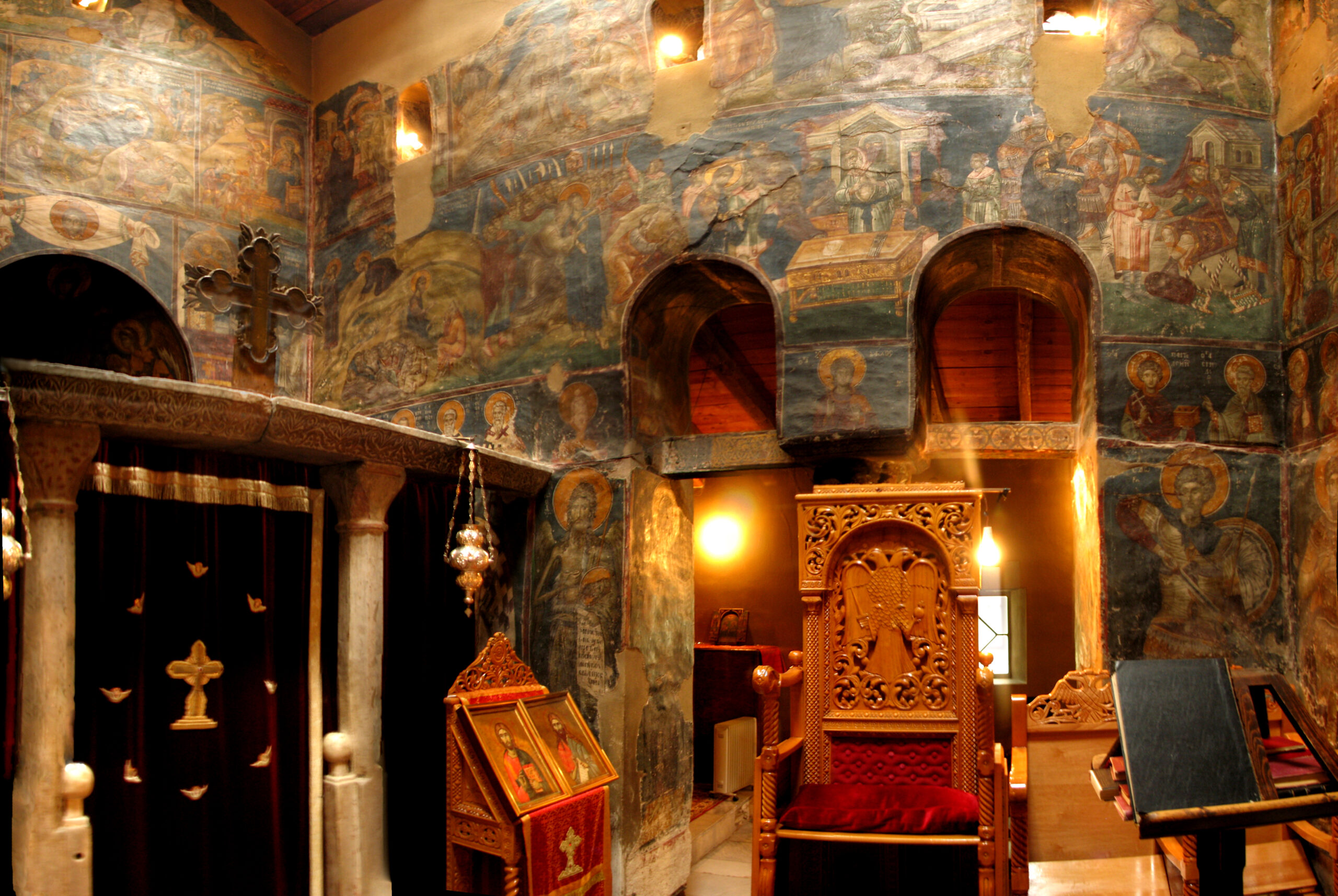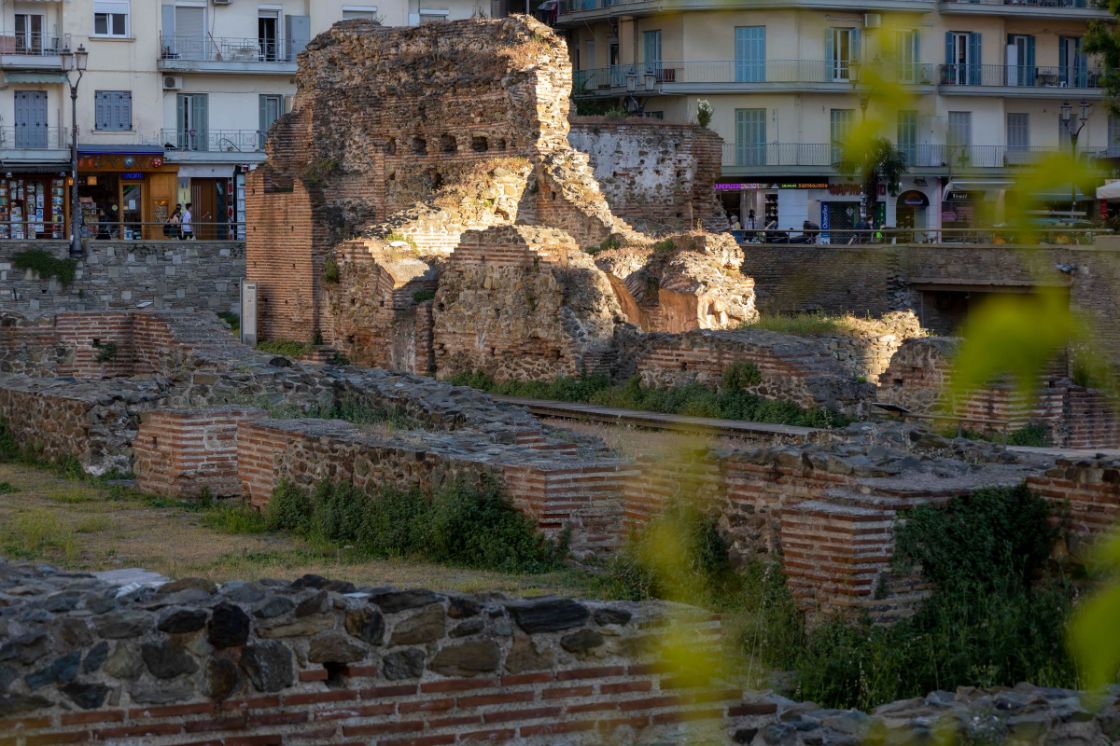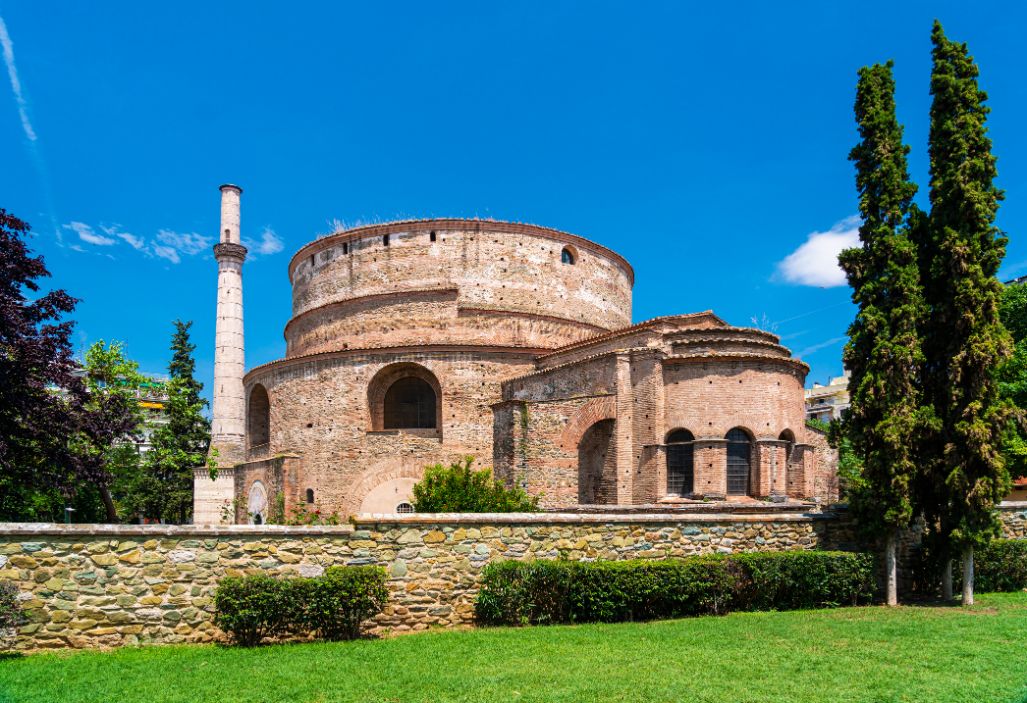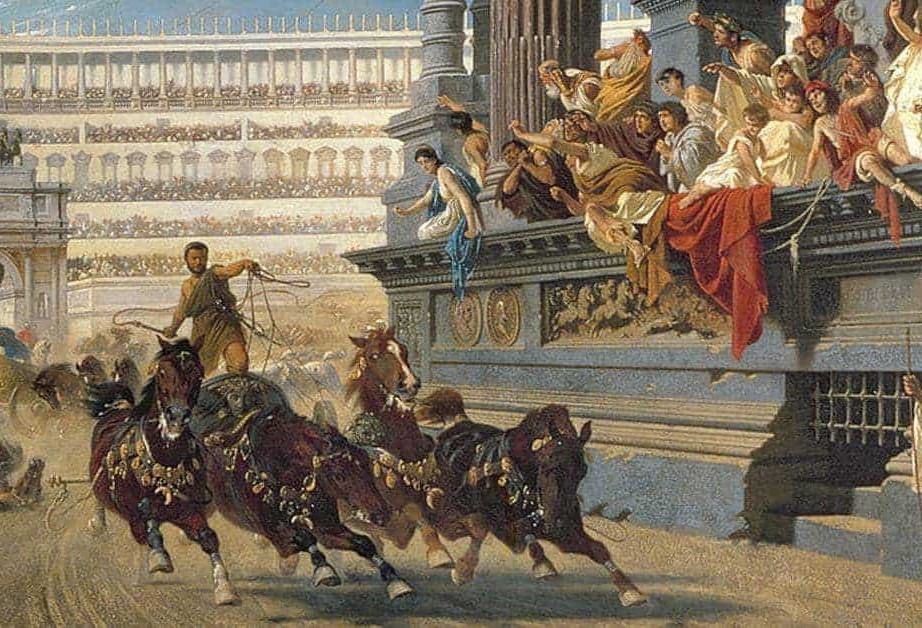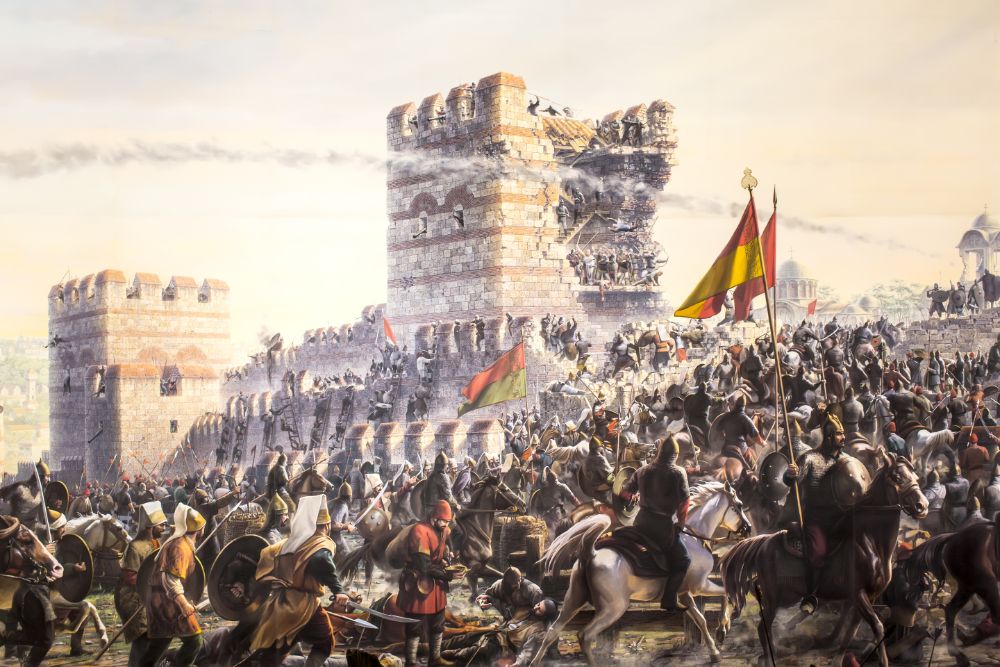Guardians of Ancient Greek Knowledge
The Byzantine era, spanning from the 4th to the 15th century, played a crucial role in the preservation and transmission of ancient Greek science and literature. During this period, scribes diligently copied and maintained thousands of manuscripts that included works by renowned philosophers, mathematicians, and playwrights, ensuring that the intellectual heritage of ancient Greece endured through turbulent centuries. This preservation was not merely a matter of safeguarding texts; it was also about nurturing the knowledge that shaped a significant part of Western civilization.
In addition to secular works, Byzantine manuscripts hold the oldest complete Greek texts of the Holy Bible, encompassing both the Old and New Testaments. The meticulous efforts of Byzantine scholars to copy and annotate these texts contributed to the theological understanding and interpretations that influenced Christian thought for generations. Monasteries served as critical centers for this scholarly activity, where monks combined faith with scholarship, creating an environment that valued both spiritual and intellectual pursuits.
Ultimately, the Byzantine age can be regarded as a bridge between the ancient and modern worlds. The preservation of these texts not only fortified the foundations of various disciplines but also ensured that the wisdom of antiquity could be rediscovered and appreciated during the Renaissance and beyond, leaving an indelible mark on world history.



